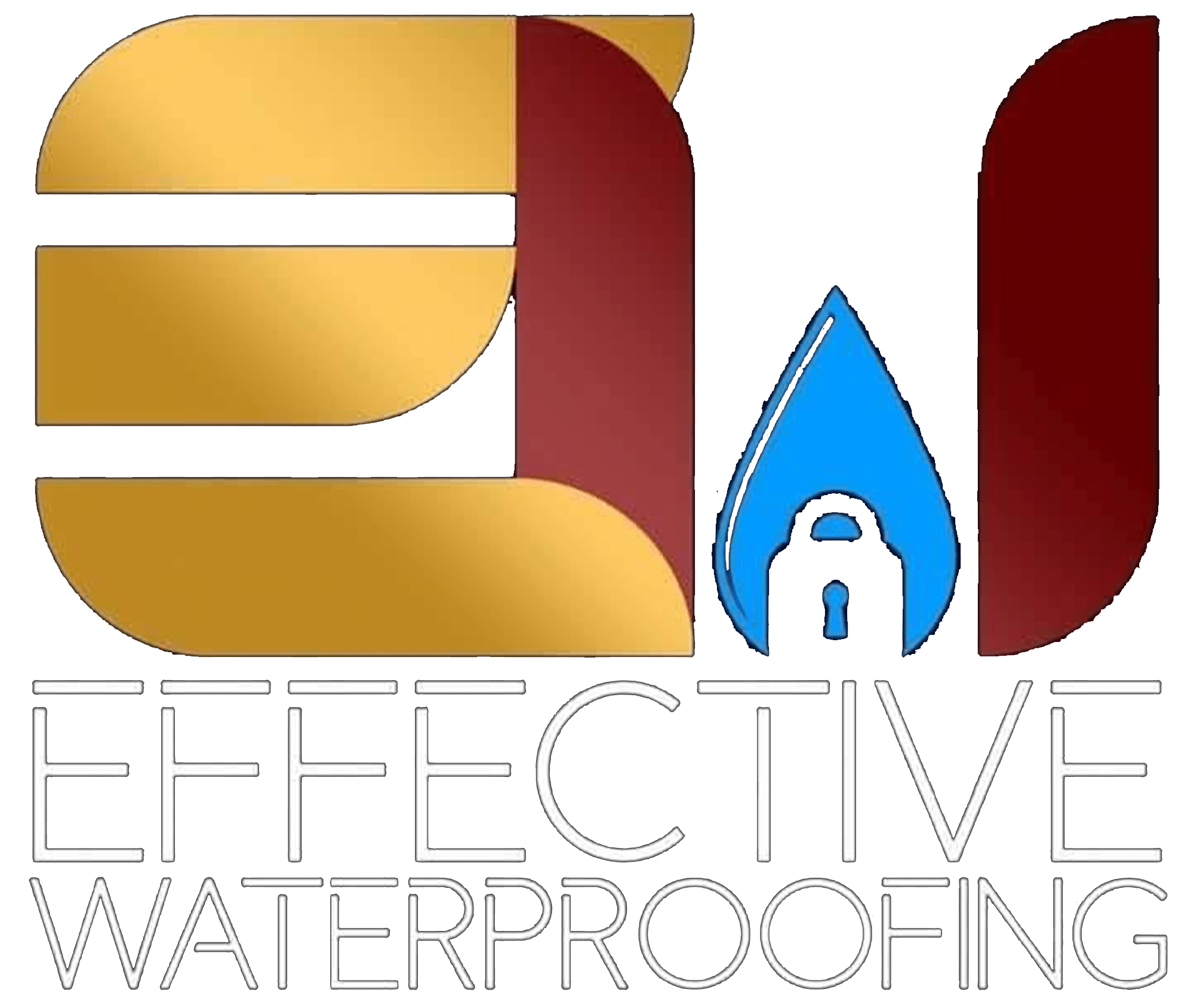Fix it now
There Is Water in My Basement!
Dealing with a flooded basement? Wondering what steps to take? Follow this guide from Effective Waterproofing for a step-by-step process to dry and protect your basement.
Safety First
Start by ensuring all electrical devices are unplugged. Standing water and electronics are a dangerous mix. Prioritize safety and avoid contact until the basement is dry.

Safety First: Water in Basement
Get the Water Out of Your Basement
Begin by removing standing water. Consider using a sump pump, but ensure the water is directed away from your home to prevent re-entry. Alternatively, a shop-vac can suction the water, but dispose of it far from the foundation.
Sump Pump
When dealing with water accumulation in your basement, utilizing a sump pump is a viable solution for drainage. It's essential to be aware that if a sump pump is employed without proper drainage planning, the pumped water might return to your home. Ensure that the drainage route directs the water away from your home to prevent it from re-entering the basement.
Dry Out Your Basement
After eliminating standing water, focus on drying the space. A dehumidifier is effective in removing moisture from the air. This step not only aids in drying but also helps prevent mold growth.
Prevent Mold
In addition to a dehumidifier, invest in mold-reducing products to halt mold formation post-water damage. Remove and discard damaged materials and furniture to prevent mold growth on various surfaces.
Dry Your Furniture
Ensure thorough drying of furniture to prevent mold growth and wood damage. If in doubt, consider replacing items affected by water damage.
Dry Off Basement Furniture
Search For Damage
Assess the extent of damage caused by water. Check under carpets and behind furniture for hidden damage. Clean items touched by floodwater, as it may carry dirt and mud. Replace damaged wood, which can be dry on the outside but wet inside.
Diagnose How the Water Got In
Identify the source of water entry. Whether it's hydrostatic pressure, heavy rains, burst pipes, or cracks in the basement floor, understanding the cause is crucial for future prevention.
How Much Water in the Basement is Bad?
Prevent Water From Getting in Again
Implement measures to prevent future water entry. Contact a professional waterproofing team, like Effective Waterproofing, for a thorough assessment and recommendations. Many companies offer free estimates for basement waterproofing solutions tailored to your needs.

